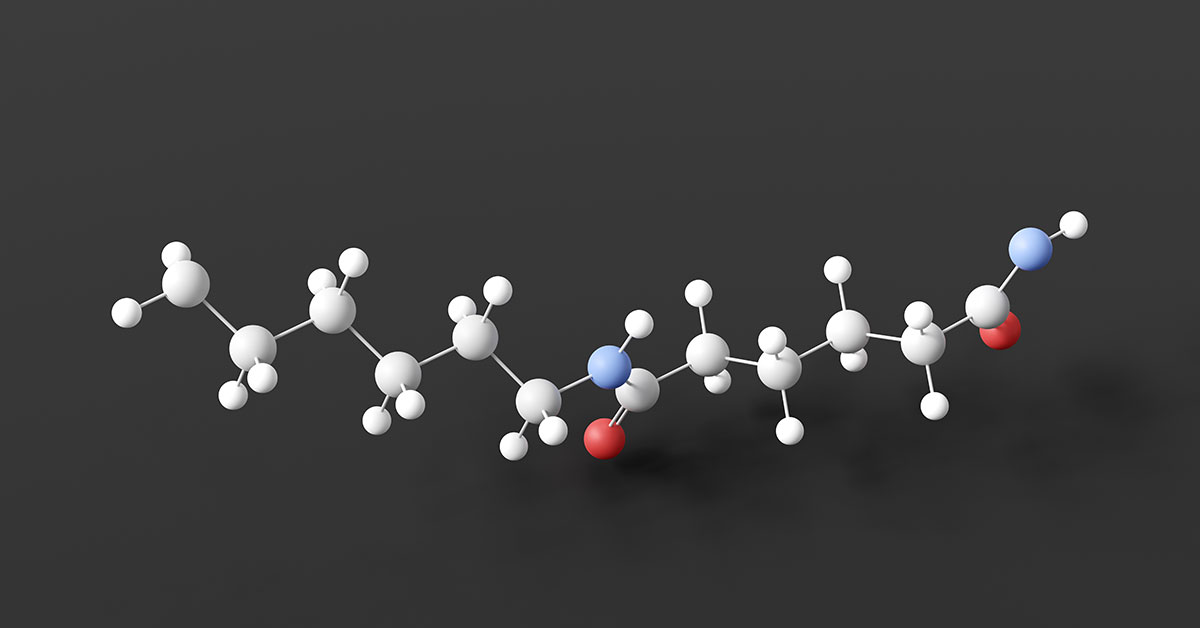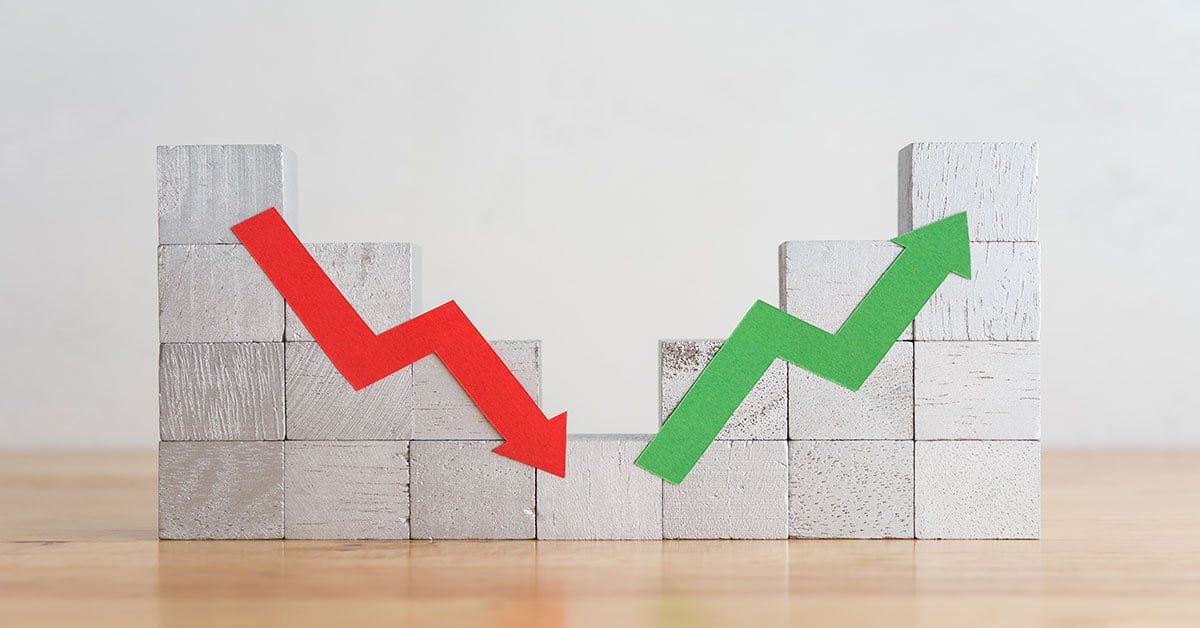4 min read
Polyamide 66 Value Chain Waiting for Signs of Recovery During COVID-19 Crisis
 William Bann
:
Jul 13, 2020 12:00:00 AM
William Bann
:
Jul 13, 2020 12:00:00 AM

The COVID-19 pandemic continues to impact every facet of daily life, leading to widespread economic hardship in every region. Some countries have emerged from enforced lockdowns with strategies in place to restart economic activity, but many other countries are still struggling to contain the virus’ spread.
The petrochemical and plastics industries were hit hard in reaction to the COVID-19 pandemic as global demand stopped, more or less, late in the first quarter and early in the second quarter. For example, the automobile industry shut down for nearly three months starting in March and has been slow to resume anything close to normal activity since the end of May. Polyamide polymer demand, particularly PA 66 demand, is heavily reliant on the automobile industry, and the polyamide sector came under immense pressure as companies throughout the value chain saw many customers cancel orders or curtail purchases almost overnight.
The past three to four years have been tumultuous for PA 66 intermediates as market balances have moved from oversupply to acute shortages and back to oversupply again. The extreme tightness seen in various PA 66 intermediates markets during 2017–2018 was due to a combination of production outages and high demand from the automobile industry. The strong-to-steady midrange outlook for PA 66 polymer prompted some major producers to plan production capacity expansions throughout the chain. At the same time, Chinese producers were establishing new production facilities for PA 66 polymer and adipic acid.
In Europe, introducing new emissions tests in the third quarter of 2018 created a massive backlog of untested and/or unsold automobiles, leading to a prolonged de-stocking throughout the entire industry that lasted well into 2019. An overall decline in automobile sales was seen in all regions, leading to slower demand for PA 66 engineering resin. At the same time, the expansion projects for PA 66 intermediates, including a major upgrade of adiponitrile production at Chalampe, France, continued as scheduled.
Market participants entered 2020 cautiously optimistic about demand throughout the PA 66 value chain in all regions, but COVID-19 has completely altered that outlook. Demand for polyamide 66 intermediates such as adipic acid, acrylonitrile, adiponitrile, AH salt, and hexamethylene diamine (HMDA) has been sharply reduced since the first quarter of 2020. Raw material markets also suffered a shock following the collapse of crude oil prices in late March, and lower feedstock prices helped cushion the effect of sharply lower demand across all industrial sectors. However, the recovery of crude oil prices and improved demand has seen raw material prices increase in recent months. Producers of PA 66 intermediates are now facing drastically reduced margins, and up until July, there has been little chance of raising prices as demand remained well below expectations.
Adipic acid market conditions in Europe have yet to recover in 2020, although market participants believe prices have bottomed out early in the third quarter. Demand for adipic acid was described as “terrible” at times during the first half of 2020 as both major downstream sectors—PA 66 and hexamethylene diisocyanate (HDI)—suffered as a result of COVID-19 related lockdowns and business closures. Market participants said spot prices were at or near multi-year lows in July. Still, recent increases in key raw materials prices should keep adipic acid prices from slipping further. Also, a major producer has announced price increases for PA 66 polymer and intermediates for August, which market participants saw as an effort to keep margins from collapsing further.
In the United States, optimism about improved demand for PA 66 polymer was heard in late July. Economic activity slowly increased after strict lockdown restrictions were relaxed during the second quarter. However, recent COVID-19 outbreaks have re-introduced doubt as to whether the US will see much of a rebound in growth during the third quarter. Also, one major producer announced increases for PA 66 polymer and intermediates in mid-July, and market participants said higher raw materials had reduced margins to uncomfortably low levels.
Chinese adipic acid prices have largely remained range-bound in the recent months after bottoming out from a historic low in early April, mainly in line with the movement of feedstock benzene and upstream crude oil.
Demand recovery has been slow due to the impact of the COVID-19 pandemic on downstream end-user buying interest. While domestic business activity mostly returned to normal in the second quarter, many other countries still felt the full effects of the pandemic, which affected direct exports of adipic acid and hit the exports of many downstream derivatives and end-use products. Both downstream PU and PA 66 sectors were running at reduced rates in the first half of 2020, and overall demand for adipic acid is reportedly down about 10% from the same period last year. Adipic exports started falling sharply in the second quarter after a stable performance in the first quarter. Total adipic acid exports during the first half of 2020 were estimated to decrease by up to 20% from last year, and weak demand in the export market is likely to continue in the third quarter.
Adipic acid supply was mostly stable in the first half of 2020, with a few exceptions, as most producers kept operations at normal levels. There were some maintenance turnarounds during the period, as expected. There has been increasing stock pressure, which market participants believe will keep adipic acid prices close under downward pressure, and tracking benzene price trends passively. Huafon started its fourth adipic acid line (200,000 tpa) during the second quarter but kept its overall commercial volume largely stable. Hualu Hengsheng postponed the start-up of a new 200,000 tpa line until the end of 2020 or early 2021. Haili postponed the restart of its 150,000 tpa line at Jiangsu without a specific schedule due to uncertainty about its parent company's acquisition program.
The outlook for PA 66 intermediates markets will rely squarely on consumer confidence once the COVID-19 pandemic has been controlled. If sales of automobiles, home appliances, and textiles increase steadily over the next six to twelve months, demand for PA 66 polymer and its precursors will undoubtedly recover. But, as with everything else during this strange and remarkable year, very few market participants are willing to commit to a timeline.
Learn more about how OrbiChem360, our online chemicals intelligence platform, can help your business in the global chemicals market.





